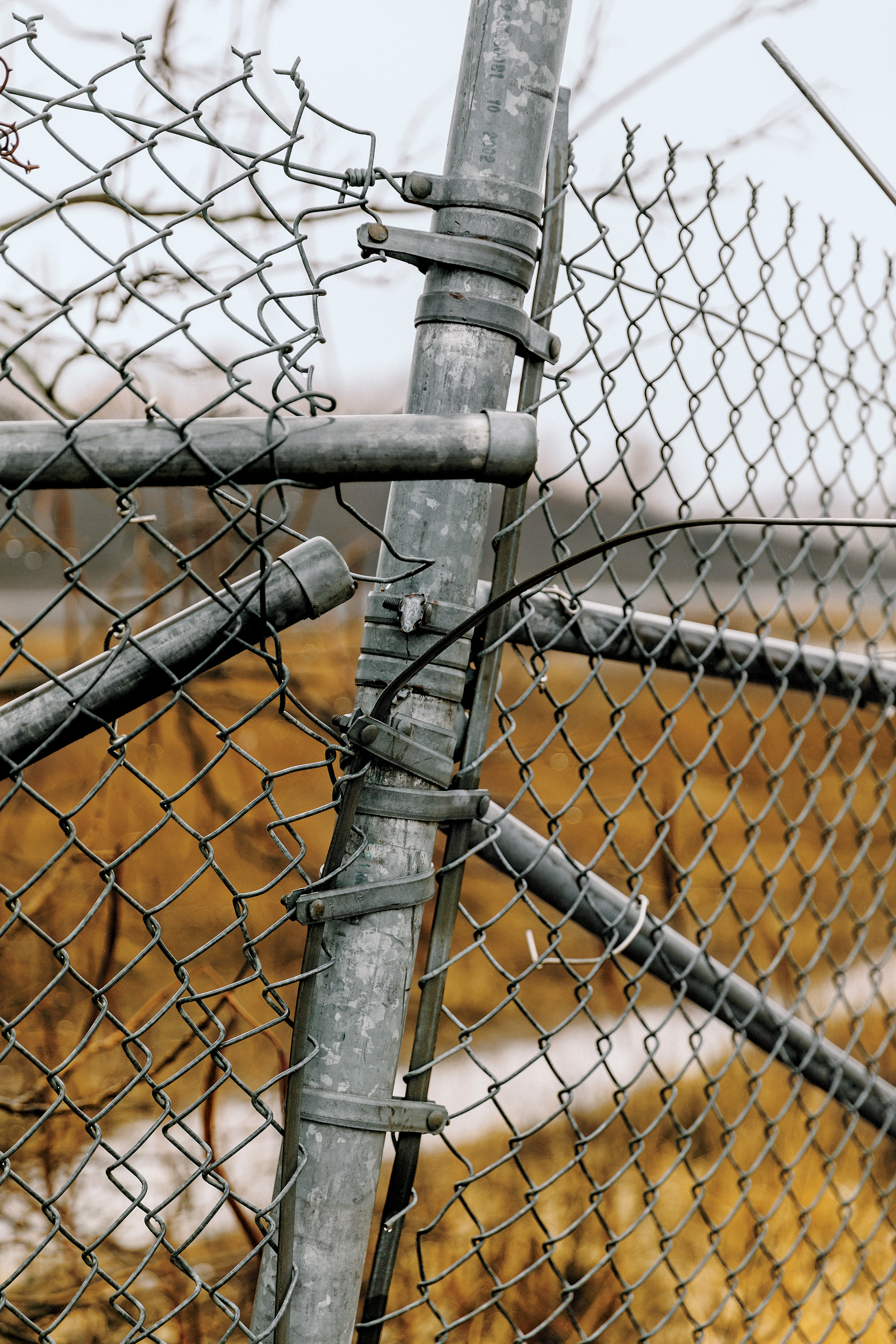Eighty years or so before Sofia moved to Fairmont City, another young immigrant from Mexico, Luis Aleman, followed the same path north. Like Sofia, Luis was drawn to the town by family and the prospect of work: His older brothers, Abraham and John, already lived there, and Luis soon found a job alongside them at the American Zinc plant. Back then, the smelter was the heart of the town. It had been founded about a decade earlier with the goal of transforming ore from mines in Missouri, Kansas, and Oklahoma into bars of zinc for the galvanizing and munitions industries. The plant also produced lead, cadmium, and sulfuric acid.

By the time Luis arrived, the factory grounds were surrounded by a working-class town with 1,000-some residents and 22 taverns. Most of his neighbors, he discovered, were immigrants like him. Every morning, they would stream down Cookson Road to the factory gates, cross the moonscape-like grounds, and take up their stations at furnaces, condensers, and roasters.
For young men like Luis, American Zinc must have been an intimidating place to work. The buildings were full of dust, flames, fumes, molten metal, and powerful machinery. Partially processed ore arrived via railroad, and, inside the plant, workers roasted it, mixed it with finely ground coal, and heated it to extremely high temperatures in a gas-fired furnace until the zinc turned to vapor. The vapor was then converted back to liquid in funnel-shaped clay condensers and cast into 50-pound slabs. The waste product from the whole process, a molten slag full of heavy metals, was poured onto the edges of the property to harden.

Accidents could happen at any point. Joseph Alvarez, who was born into one of Fairmont City’s Spanish immigrant families in 1926, used to reminisce about showing up for his first day of work in the furnaces straight out of high school only to witness another worker get his arm chopped off. When that happened, a plant worker would blow the whistle normally reserved for marking the change of shifts. “You’d hear that whistle and you’d start seeing all the people just pouring down Cookson Road … they’re coming out of their homes wondering, Is it my son, is it my husband who’s hurt?” an elderly resident told Alvarez’s stepdaughter, Mary Migalla, who today is a teacher and volunteer historian for the town. There was talk of other, less visible risks, too, like the cancers that some workers attributed to their time working in or living next to the plant (studies have found cancer clusters around other smelters, although the evidence in some cases is controversial).
Mostly, though, the plant meant jobs and a chance at a decent working-class life. “If you complain too much about it, you gotta understand one thing,” resident Donald Wilhold’s father, who worked on a lead burner and later died of cancer, used to tell him. “This is where we make our living. This is how we live.”
A version of this story originally appeared in the May 2018 issue of Pacific Standard as a sidebar to “Failure at the EPA.” Subscribe now and get eight issues/year or purchase a single copy of the magazine.





